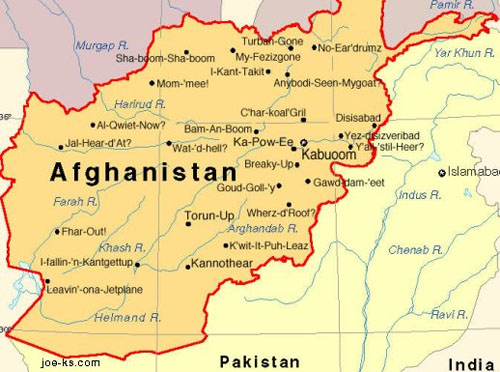
The quake hit at 0336 GMT, 33 kilometres (20 miles) from Herat city, the capital of the western province of the same name, the USGS said.
A 5.5 magnitude aftershock hit the area 20 minutes later, the USGS said.
On October 7, another magnitude 6.3 quake and eight powerful aftershocks jolted the same part of Herat, toppling swathes of rural homes and killing over 1,000 people and injuring hundreds more.
Days later, with thousands of terrified residents left without shelter and volunteers digging for survivors, another tremor of the same intensity killed one person and injured 130 others.
More than 90 per cent of those killed in the quakes were women and children, UNICEF said on Wednesday.
“Women and children are often at home, tending to the household and caring for children, so when structures collapse, they are the most at risk,” the agency’s Herat-based field officer Siddig Ibrahim said.
At least six villages in rural Zenda Jan district have been completely destroyed and more than 12,000 people affected by the tremors, the United Nations said.
– ‘Can’t live here’ –
Thousands of residents are already living in terror of aftershocks around the ruins of homes where entire families were wiped out in an instant.
Forty-year-old Mohammad Naeem told AFP he lost 12 relatives, including his mother, after Saturday’s earthquakes.
“We can’t live here anymore. You can see, our family got martyred here. How could we live here?”
Earthquakes are frequent in Afghanistan and in the west and centre of the country are mostly caused by the Arabian and Eurasian tectonic plates jutting against each other.
Providing shelter on a large scale will be a challenge for Afghanistan’s Taliban authorities, who seized power in August 2021, and have fractious relations with international aid organisations.
“That area is very cold, staying there after the evening is very difficult,” said public health minister Qalandar Ebad.
“We know they could live there in tents for one month, but more than that would probably be very difficult.”
Most homes in rural Afghanistan are made of mud and built around wooden support poles, with little in the way of steel or concrete reinforcement.
Multi-generational extended families generally live under the same roof, meaning serious earthquakes can devastate communities.
Afghanistan is already suffering a dire humanitarian crisis, with the widespread withdrawal of foreign aid following the Taliban’s return to power.
AFP





